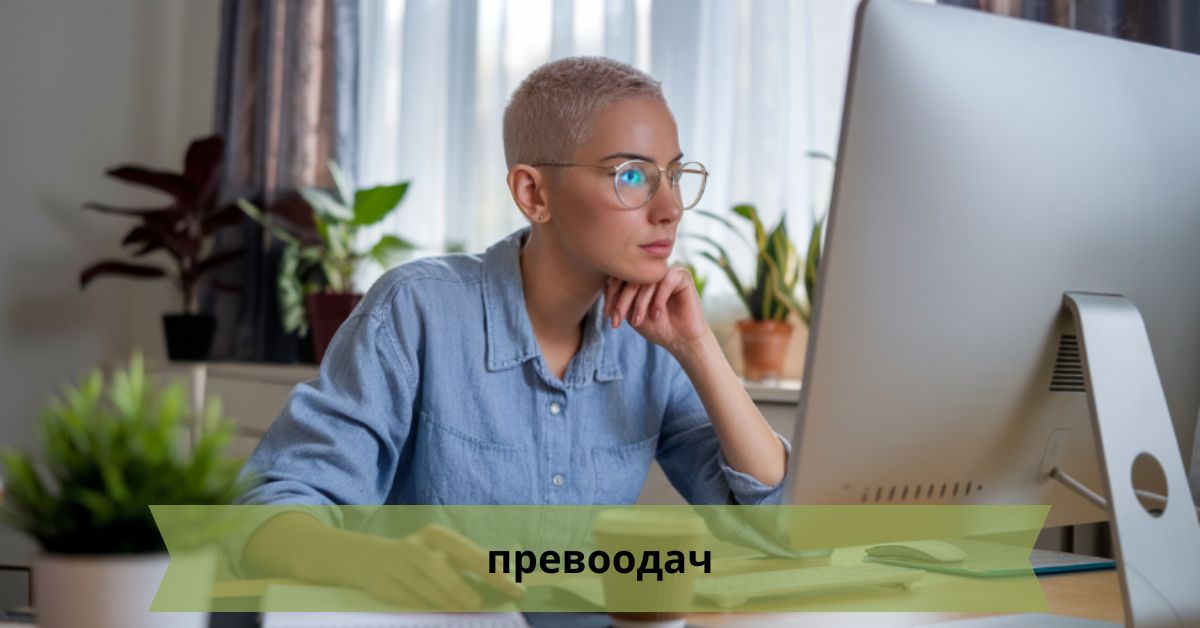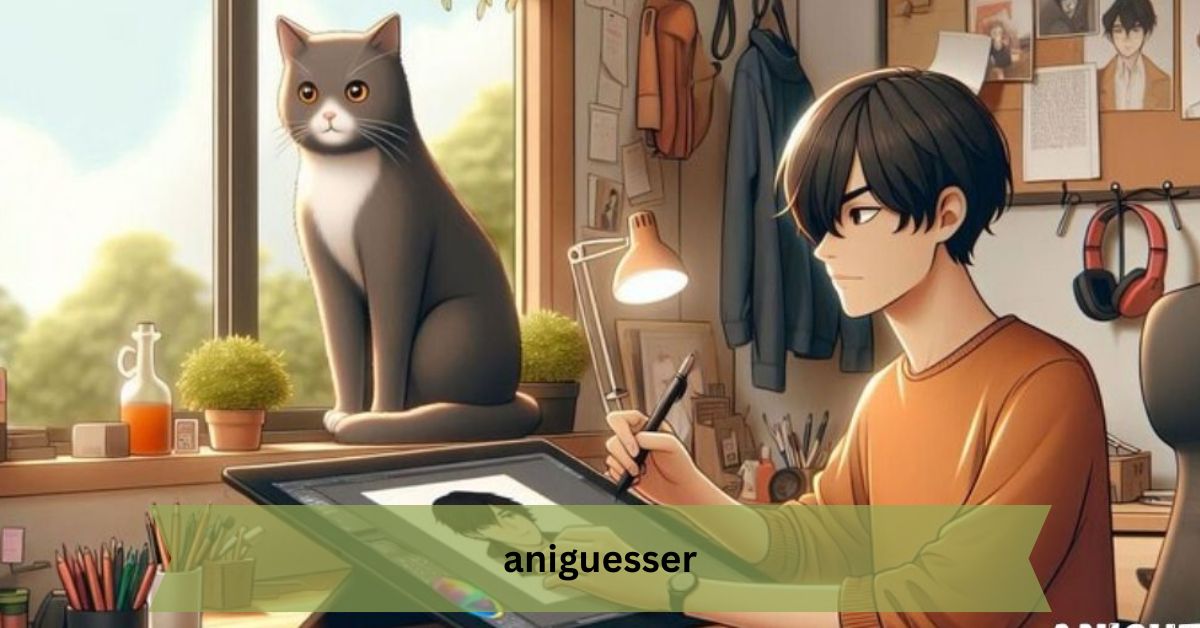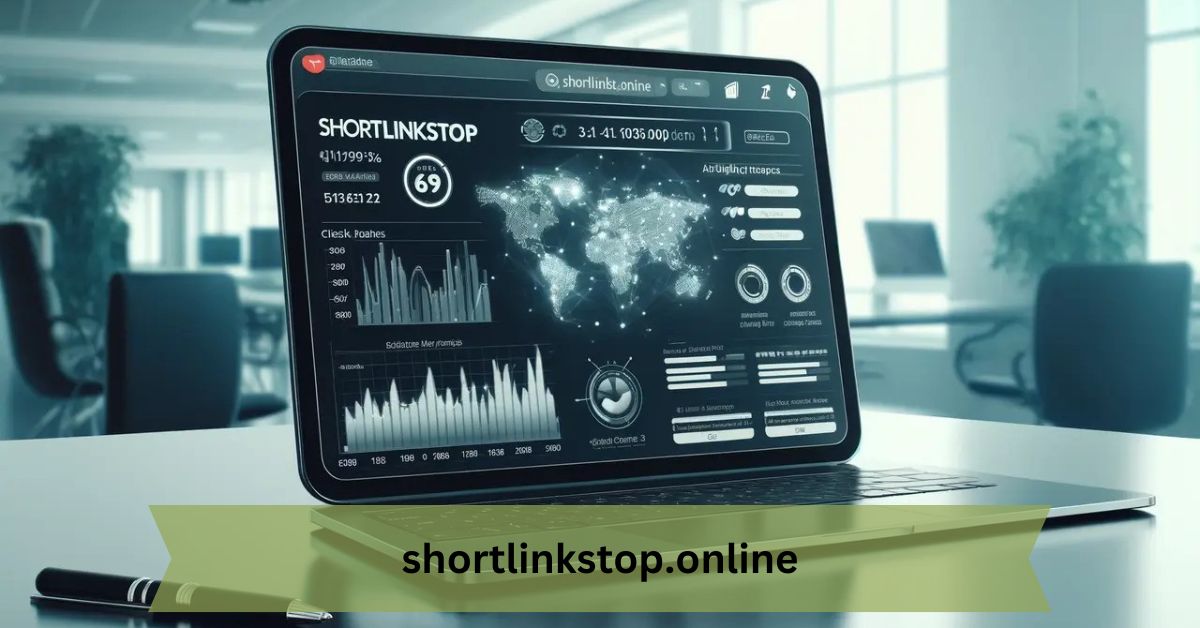Introduction
In our interconnected world, the role of a превоодач (translator) is crucial for bridging language gaps and facilitating effective communication across diverse linguistic backgrounds. This guide explores the responsibilities of a превоодач, the skills needed, and the various translation services and their importance in different fields.
What is a Превоодач?
A превоодач is a professional who translates written or spoken content from one language to another.
This role is essential in a globalized world where people from different linguistic backgrounds interact daily. Translators work in various settings, including business, government, legal, medical, and literary fields.
Key Responsibilities of a Превоодач
- Language Conversion: Translating text or speech from the source language to the target language while maintaining the original meaning.
- Cultural Sensitivity: Adapting translations to fit cultural nuances and context.
- Accuracy: Ensuring that the translated material is accurate and free from errors.
- Confidentiality: Handling sensitive information with discretion.
- Research: Conducting research to understand the context and subject matter of the translation.
The Importance of a Превоодач in Different Fields
Business
In the business world, a превоодач plays a crucial role in facilitating international trade and communication.
They help companies navigate foreign markets by translating marketing materials, business contracts, and correspondence. Accurate translations are essential for avoiding misunderstandings and ensuring smooth business operations.
Legal
In the legal field, the role of a превоодач is vital for translating legal documents, court proceedings, and contracts. Precision and attention to detail are crucial here, as errors can have significant legal consequences.
Translators must have a deep understanding of legal terminology in both the source and target languages.
Medical
Medical translators help ensure that patients receive accurate information about their health and treatment. They translate medical records, consent forms, and patient instructions. This role is critical for patient safety and effective healthcare delivery, as misunderstandings can lead to serious consequences.
Literary
In literature, a превоодач brings books, articles, and other written works to a global audience. Literary translation requires not only a good grasp of language but also an understanding of the author’s style and the ability to convey cultural nuances.
This helps preserve the original work’s essence while making it accessible to readers from different backgrounds.
Government
Government translators work on documents such as policies, regulations, and public communications. Their work ensures that non-native speakers can understand and engage with government services and information. This role supports transparency and inclusivity in governmental processes.
Skills Required for a Превоодач
Language Proficiency
A превоодач must be fluent in both the source and target languages. This includes a deep understanding of grammar, vocabulary, idiomatic expressions, and cultural references.
Attention to Detail
Accuracy is crucial in translation. A превоодач must be meticulous in ensuring that every detail of the original text is preserved in the translation.
Research Skills
Translators often need to research specific topics or terminology to provide accurate translations. This involves using dictionaries, online resources, and consulting with experts.
Cultural Awareness
Understanding cultural differences is essential for accurate translation. A превоодач must be aware of cultural nuances and adapt translations accordingly.
Technology Skills
In today’s digital age, familiarity with translation software and tools is important. These tools can help streamline the translation process and ensure consistency.
The Process of Translation
Initial Assessment
The first step involves understanding the scope and requirements of the translation project. This includes assessing the source material, determining the target audience, and establishing deadlines.
Translation
The actual translation involves converting the text from the source language to the target language. The translator ensures that the meaning, tone, and style are preserved.
Review and Editing
After the initial translation, the text undergoes a review process. This includes editing for accuracy, consistency, and fluency. Some projects may require multiple rounds of review.
Finalization
Once the translation is complete and reviewed, it is finalized and delivered to the client. In some cases, additional formatting or adjustments may be necessary.
Challenges Faced by a Превоодач
Cultural Differences
Translators often encounter cultural references that do not have direct equivalents in the target language. Navigating these differences requires creativity and cultural sensitivity.
Contextual Variations
The meaning of words can change based on context. A превоодач must understand the context in which the text is used to provide an accurate translation.
Technical Jargon
Specialized fields, such as legal or medical translation, involve technical jargon that requires precise understanding. Translators must be familiar with the terminology used in these fields.
The Future of Translation
Machine Translation
Advancements in technology have led to the development of machine translation tools. While these tools can assist in translation, human translators remain essential for ensuring accuracy and cultural relevance.
Increasing Demand
The demand for translation services is expected to grow as globalization continues. This will increase opportunities for превоодач in various fields.
Specialization
As translation needs become more specialized, there will be a greater emphasis on translators with expertise in specific areas, such as legal or medical translation.
FAQs
1. What is the role of a превоодач?
A превоодач translates written or spoken content from one language to another, ensuring that the original meaning and context are preserved.
2. What skills are needed to become a превоодач?
Key skills include language proficiency, attention to detail, research abilities, cultural awareness, and familiarity with translation technology.
3. How does a превоодач handle cultural differences?
A превоодач navigates cultural differences by understanding cultural references and adapting the translation to fit the target audience’s cultural context.
4. What are the common challenges faced by превоодач?
Common challenges include dealing with cultural differences, contextual variations, and technical jargon specific to various fields.
5. How is the role of a превоодач evolving with technology?
Technology is advancing translation tools, but human translators remain crucial for ensuring accuracy and cultural relevance. Specialization and increasing demand are shaping the future of translation.
Conclusion
The role of a превоодач is more important than ever in our globalized world. Translators facilitate communication, bridge cultural gaps, and ensure that information is accurately conveyed across languages.



